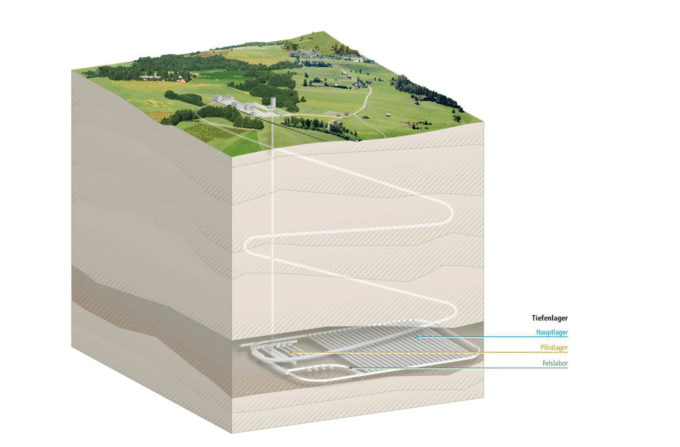Bern's Thorberg prison now equipped with cell phone tracking system
The Thorberg correctional facility in Bern now has its own tracking system for cell phones. The system allows cell phones to be tracked with cellular precision around the clock and thus allows the smuggling of illegal cell phones to be tracked more precisely.

The illegal use of cell phones in correctional facilities is a major security risk. Smuggled-in cell phones enable inmates to communicate with the outside world and thus, for example, plan an escape. At the Thorberg correctional facility in Bern, this risk is to be contained by a new cell phone tracking system. It was developed by researchers at the Bern University of Applied Sciences in collaboration with Bellechasse Prison in the canton of Fribourg.
16 locating antennas for a building volume of 11'800 m3
The localization system locates the cell phones using electromagnetic signals, which are detected by the antennas installed around the building and continuously processed and evaluated in a central unit, according to a statement from BFH. Precise location is made possible by the electromagnetic topology of a building. As a result, the signal power received at each antenna differs depending on the position of the cell phone. Each position in the building can thus be assigned a kind of electromagnetic fingerprint. These "antenna fingerprints" are registered at various locations in the building, as it were, in an initial learning phase.
The localization algorithm is localized by comparing the conintuously received fingerprints with the previously recorded reference fingerprints. At Thorberg, the 16 antennas cover a building volume of 11,800 m3 from.
Further monitoring objects conceivable
According to the BFH, the localization was off by a maximum of 2.5 meters in 90 percent of the measurements to date. In 70 percent of the measurements, it was only 1.2 meters. These values can already be achieved with a small number of sensors. With the use of "InPercept", as the BFH researchers call the system, the potential for possible applications in prisons has not yet been exhausted:
"Sensitive federal buildings such as server centers or intelligence service buildings could also be equipped with our system," says BFH project manager Armin Schmidt.
Source: BFH/Media release









